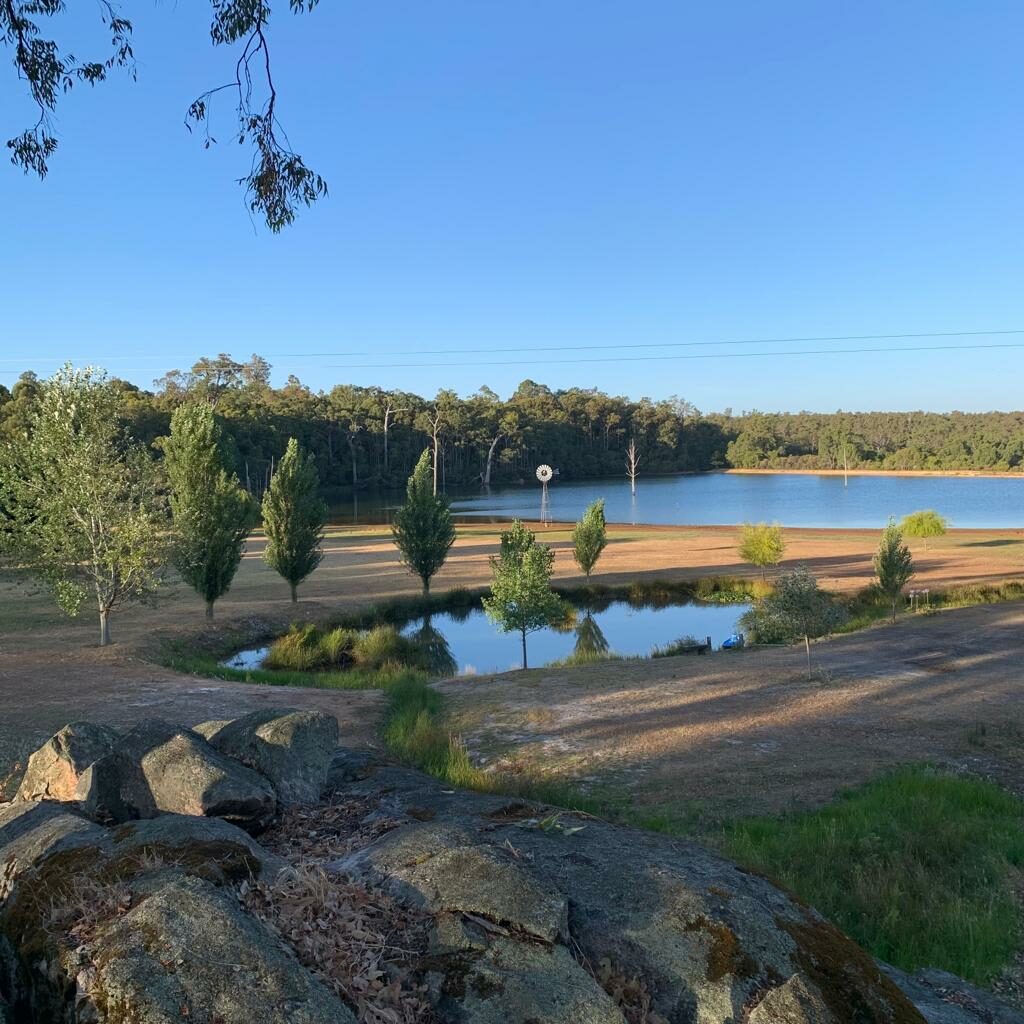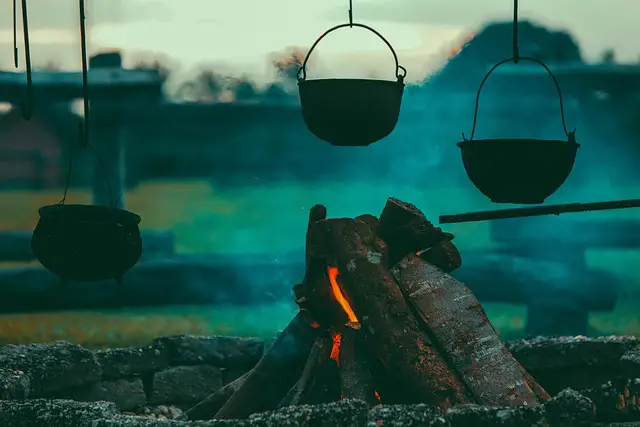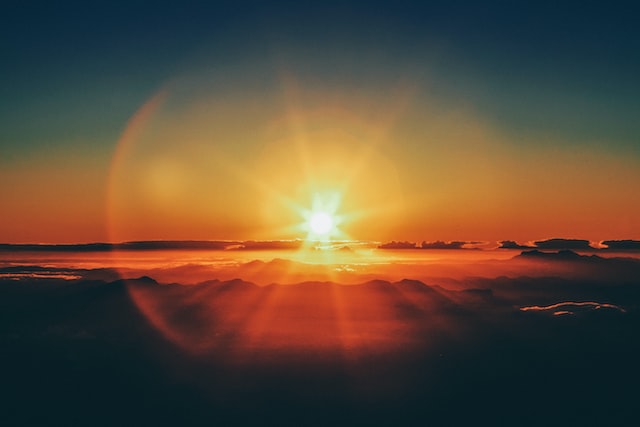
Purifying water is a topic that is often brought up when camping, hiking or even if your local tap water starts to taste funny! Purification is a particularly common topic in areas of the world where large-scale municipal treatment facilities do not provide potable water to the local population and locals need purification as a method o survive. Thinking about the process that can purify water, got me wondering whether you can purify water for free, and more importantly, how!
You can purify water for free via distillation or evaporation. By utilizing the physical properties of water and its contaminants it’s possible to extract purified water from any water source, for free! All that’s required are some household items or trash and an open fire, or even more simply, the sun.
As you would expect, these free purification methods are not overly efficient or user-friendly, but they do work! If you are looking to purify water on a slightly more regular basis, but still on a budget, I wrote an article specifically about this here.
Distillation

The old-fashioned technique of capturing and cooling water vapour is always an option to create drinking water. Knowing how to distil water in a pinch is a great skill to have and best of all, it costs absolutely nothing! To boil contaminated water into drinking water, the underlying principle requires you to boil an amount of water in a vessel until it is completely dry whilst collecting all of the steam and condensing it into water. The easiest way to do this requires; A saucepan or other metal container, some sort of funnel, a few metres of garden hose and a fire. The funnel needs to have a slightly wider max diameter than the container with the boiling water and should be connected to the hose.
- Start a fire with available wood or sticks in your vicinity.
- Fill up your saucepan with dirty water and put the saucepan in the fire, preferably in an area without too many flames.
- Just before the water starts to boil, place your funnel upside down over the saucepan of water, if you can set up some sort of jig to hold it off the saucepan surface, this is ideal but not necessary.
- Place the other end of the tube not connected to the funnel into your drink bottle.
- Watch that water drip in and fill up your water bottle!

Notes:
- The longer the hose, the more efficient the process as the steam will have more time to cool and condense into water.
- This works with any heat source, it can be a stove top or even a barbecue for instance!
It takes approximately 25 minutes to purify a litre of water over an open fire. This is a scientific question revolving around energy output from the heat source into the energy required to convert a litre of water to vapour. One litre of water requires 2257kj of energy to convert from liquid to gas at 100 degrees Celsius, it can be assumed a small campfire puts out a similar amount of heat to a small gas burner of around 2kW. It must be noted that not all of the heat goes into the water and a lot is lost due to wind and other factors so you could assume around 75% efficiency for the heating process.
2257kj / 2kW @ 75% efficiency = 1504 seconds / 60 = 25 minutes
Of course, the above number could change a lot depending on the ambient temperature, wind strength shape & size of the water vessel etc although as an approximate figure the math holds true.
Evaporation

It is common knowledge that if you leave an open water container out, or wet clothes outside in the sunlight, they dry out. What is less commonly known is that you can utilize this phenomenon known as evaporation to purify dirty water or even mud! You can extract drinkable water from anything that holds moisture, be it mud, urine, or plant matter by capturing water vapour on a plastic sheet and dripping it in an open container. All that is required is some form of plastic sheet and a container. The idea is to create a small hole in the ground filled with moist material that gets artificially hot, evaporating the moisture before being collected on a plastic sheet and dribbling into a container.
- Dig a hole somewhere sunny, making sure it is smaller than your plastic sheet.
- Put your container in the middle of the hole, this will be where the water is collected.
- Pack your source of moisture into the hole around the cup, be it mud, organic matter, urine etc.
- Place the plastic sheet over the hole and seal up the edges as best possible with sand, rocks etc to stop any air/vapour from escaping, the closer to airtight this setup is, the more efficient it will be.
- Put a small rock on the plastic sheet directly above the container, and make sure it’s heavy enough so the plastic sheet’s obvious low point is above the cup. This will make the water droplets run down the plastic sheet and into the cup once they condense on the sheet.
Note: Don’t interfere with the setup until you want to actually drink the water as the process will have to start again each time it is opened up.



